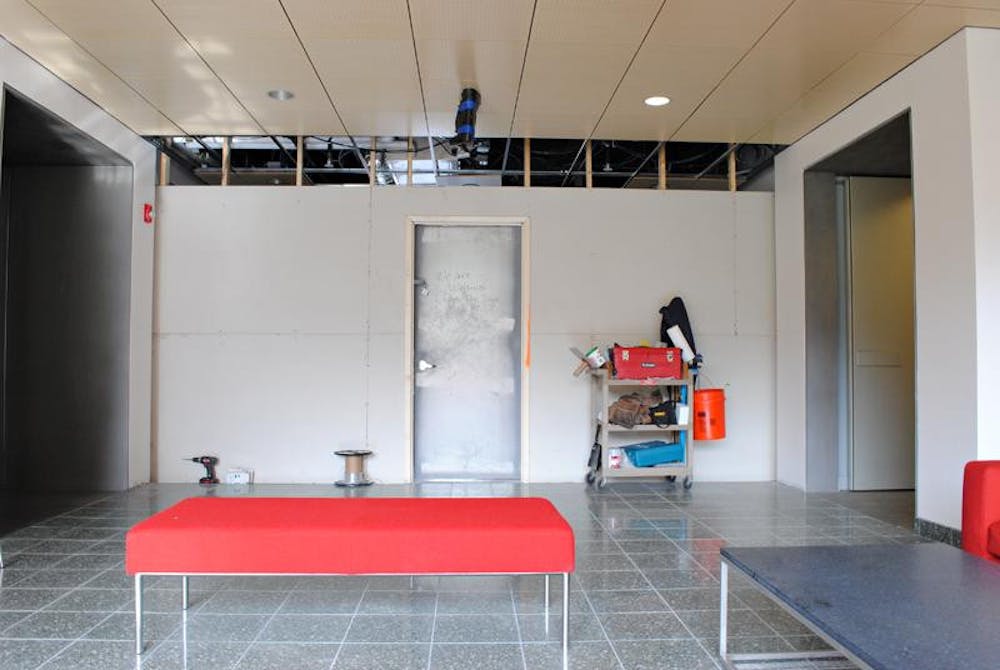For students returning from the stark Sciences Library or a food frolic at one of Thayer Street's generic restaurants, the newly renovated Metcalf Chemistry and Research Laboratory, with its red bricks and rows of white windows, is architectural eye candy.
But to the graduate students of the Department of Cognitive, Linguistics and Psychological Sciences, Metcalf is home. Though they moved in just over a month ago, most of Metcalf's new inhabitants already feel comfortable with the refurbished building.
"(The renovation) is a great project," said Xuan Zhao GS. "The settings of this building are comfortable, inviting and engaging."
Students lauded the renovation for uniting psychology with cognitive and linguistic sciences under one roof. In 2010, the two departments merged to become the Department of Cognitive, Linguistics and Psychological Sciences.
A first-year PhD student, Zhao said he was pleased with the building's "friendly environment."
"By working with people from different labs in the same office, I've gotten better ideas about the ongoing research in the department and have got a better taste of interdisciplinary viewpoints," he said.
The department's graduate students and faculty agree that the final, physical unification of the departments provides a new space for intellectual cooperation between the two fields. Before the renovation, the two departments worked in separate buildings. The Department of Psychology was housed in Hunter Lab and the Department of Cognitive and Linguistic Sciences was in Metcalf.
Michael Frank, associate professor of cognitive, linguistic and psychological sciences, said the building had been especially prone to leaking and flooding before the renovations. "The general sense of the building was that it was in desperate need of renovation," Frank said. "It was a really dreary place to work at before."
He said the renovated building, whose halls are still occupied by construction workers, embraces cutting-edge technology and has a more interactive architectural layout.
But some graduate students expressed concerns about the shared work space.
Neal Fox GS said the renovated building is not ideal for students writing dissertations. In the renovated building, graduate students share an office with five or six other students.
But others see the new, more crowded working arrangement as an advantage. Anselma Hartley GS, who is writing her dissertation, said she felt the working conditions allow her to consult with academic peers more easily.
The Corporation, the University's highest governing body, approved the project in 2009 after plans to build a new brain science building were abandoned because of the economic downturn, according to a 2009 Herald article.

ADVERTISEMENT




